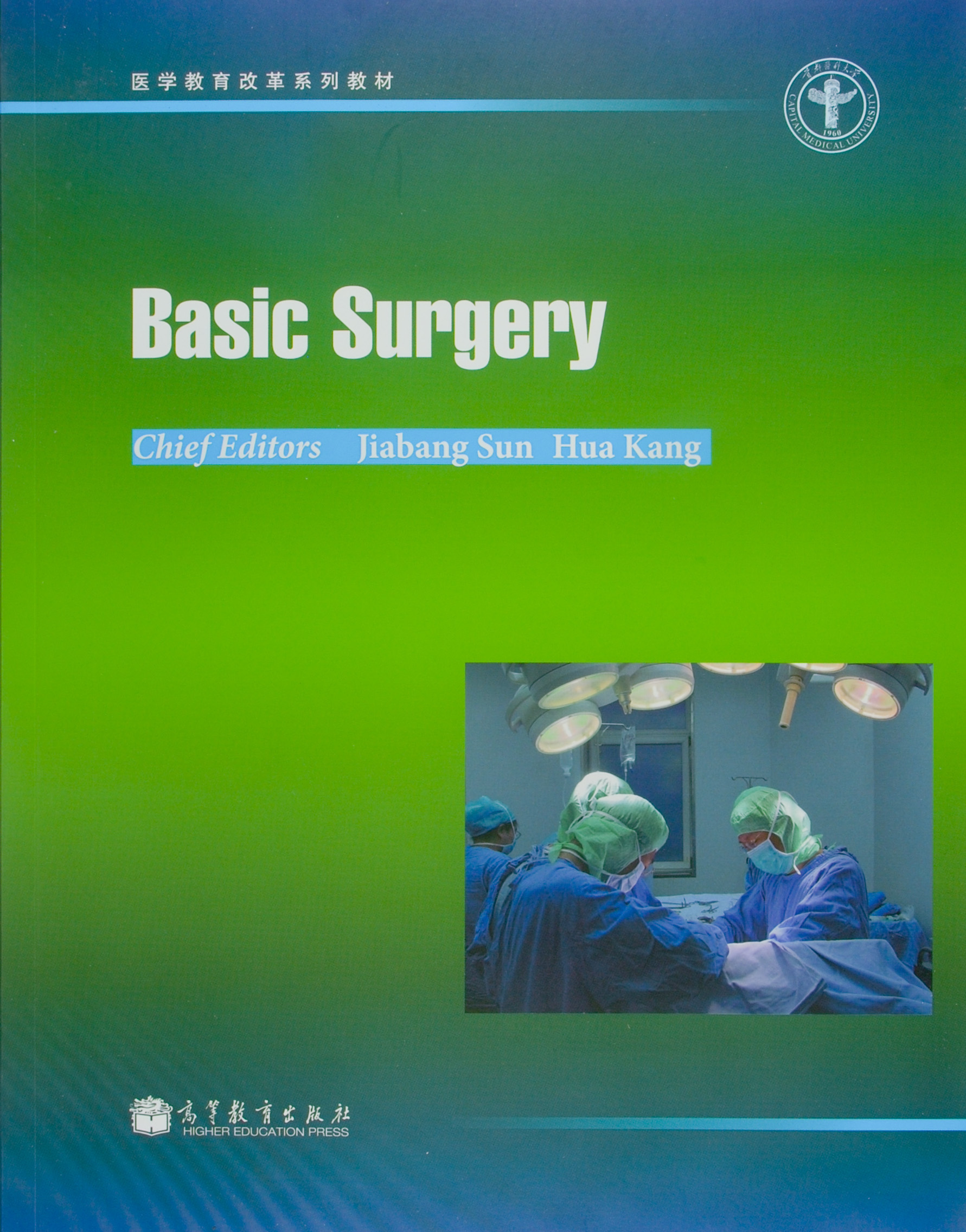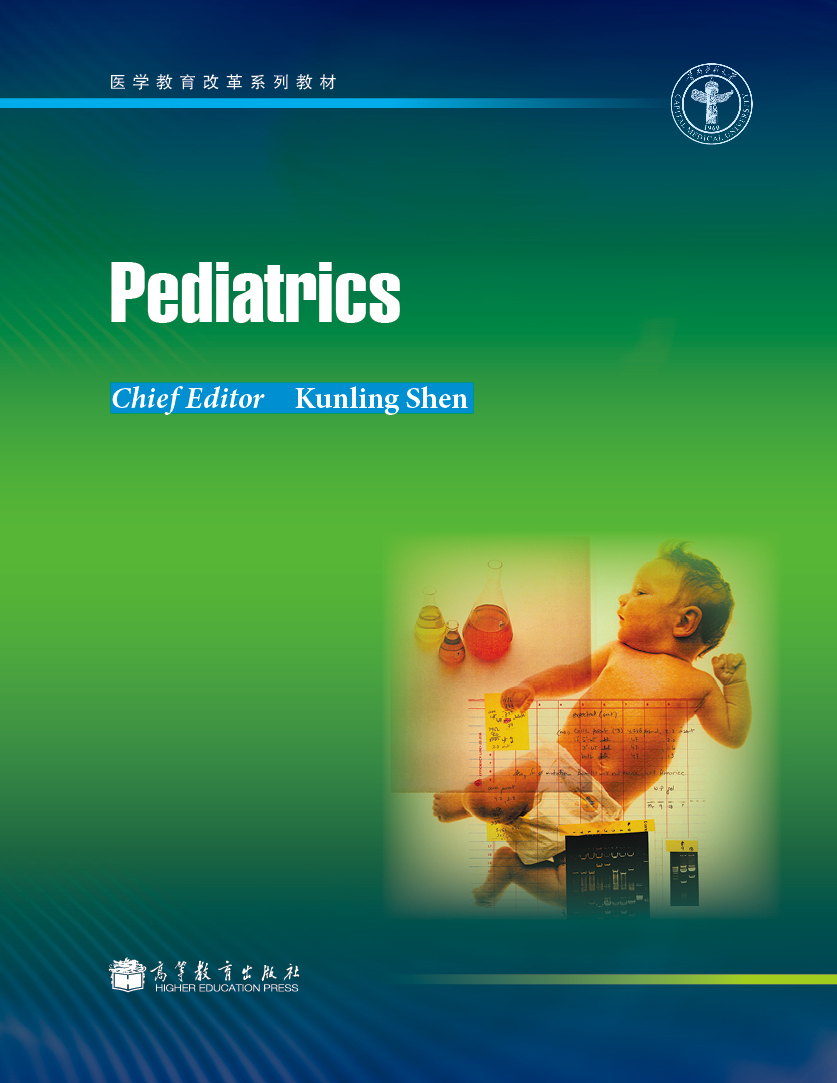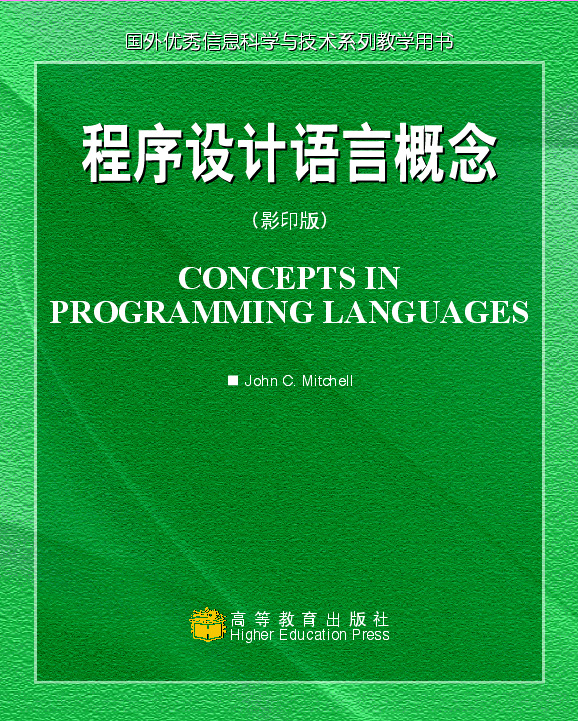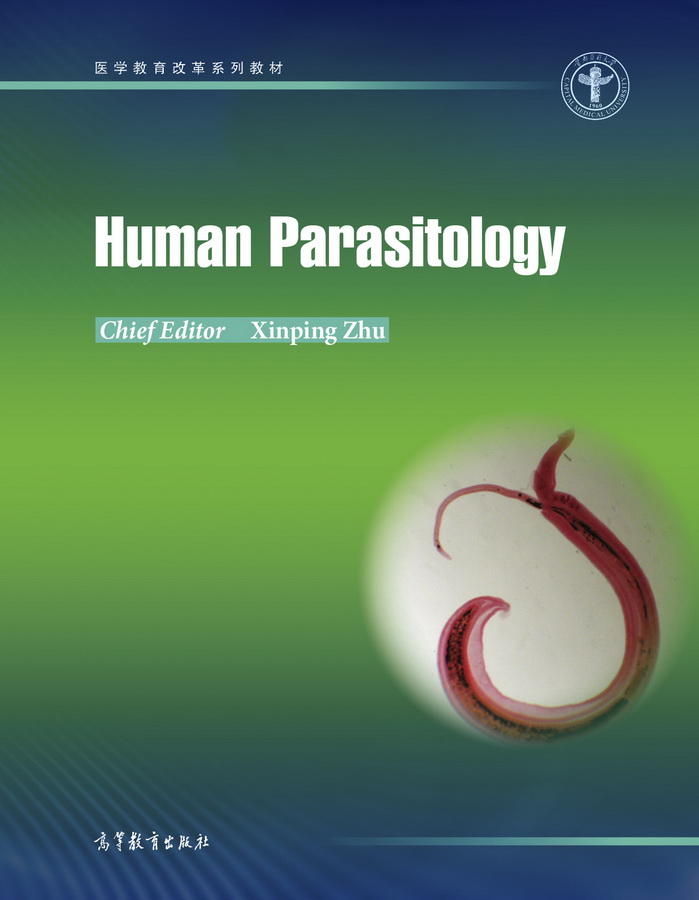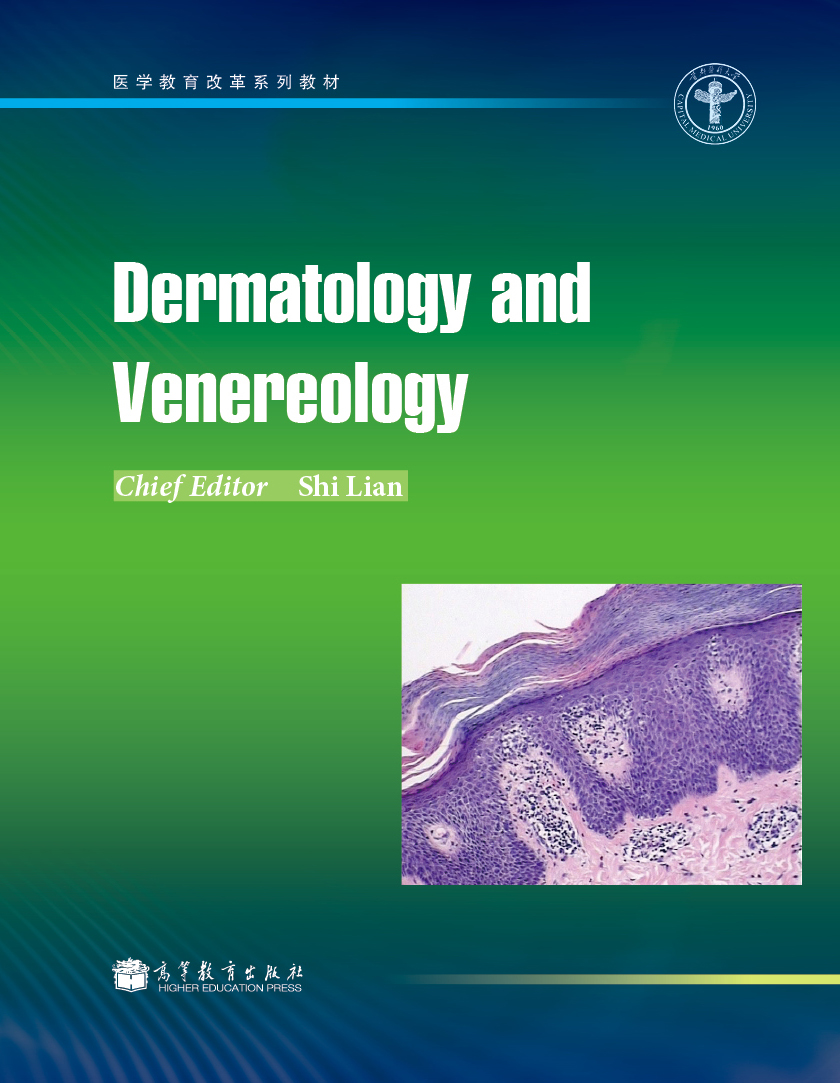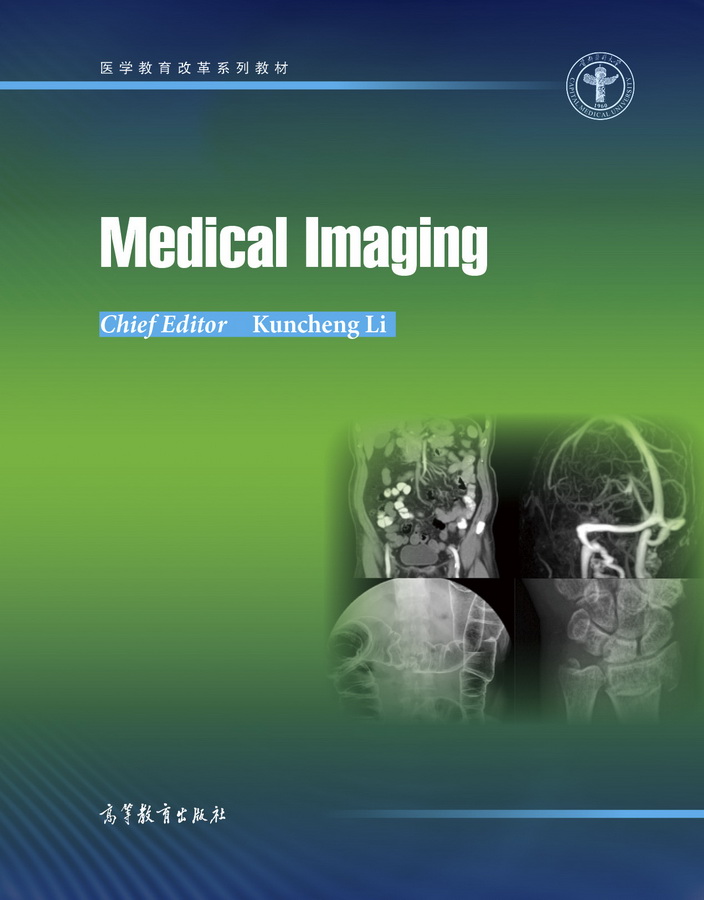- 高等教育出版社
- 9787040359176
- 1版
- 34683
- 41254244-1
- 平装
- 大大16开
- 2012-09
- 280
- 180
- 医学
- 临床医学
- R44
- 医学
- 本科
This book emphasizes surgical basic knowledge, basic theory and basic skill. Integration with the characteristics of the overseas undergraduate students, the teaching contents focus on the principles of general surgery The book is organized into 16 chapters, including introduction of surgery, molecular biology and its applications in surgery,aseptic technique, electrolyte and fluid balance, surgical bleeding and transfusion, surgical shock, multiple organ dysfunction syndrome,intensive care for surgical critically ill patients, perioperative management, surgical nutrition, surgical infection, trauma and warfare injuries, burns, bites and stings, minimally invasive surgery, oncology and cutaneous malignancies, and transplantation in a series of surgical fields.
Chapter 2 Molecular Biology and Its Applications in Surgery
2.1 Structure and function of genes
2.2 Molecular diagnosis
2.3 Biological therapies
2.4 Diagnosis
2.5 Therapies
2.6 Disease prevention
Chapter 3 Aseptic Technique
3.1 Staff preparation
3.2 Patient preparation
3.3 Surgical instruments and operating room preparation
3.4 Principles of aseptic technique in surgery
Chapter 4 Electrolyte and Fluid Balance
4.1 Sodium
4.2 Potassium balance
4.3 Calcium and phosphate
4.4 Acid-base balance
Chapter 5 Surgical Bleeding and Transfusion
5.1 Biology of hemostasis
5.2 Congenital hemostatic defects
5.3 Rare deficiencies of coagulation factors
5.4 Acquired hemostatic defects
5.5 Test of hemostatic and blood coagulation
5.6 Evaluation of surgical patient as a hemostatic risk
5.7 Local hemostasis
5.8 Transfusion
Chapter 6 Surgical Shock
6.1 Definition of shock
6.2 Pathophysiology of surgical shock
6.3 Hypovolemic shock-inadequate blood volume
6.4 Distributive shock-problems with peripheral resistance
6.5 Monitors of shock
6.6 Principle of treatments in surgical shock
Chapter 7 Multiple Organ Dysfunction Syndrome
7.1 Pathophysiology
7.2 Organ-specific mechanisms of dysfunction
7.3 Gutorigintheory
7.4 Clinical manifestations of MODS
7.5 Monitoring patients with MODS
7.6 Management
Chapter 8 Intensive Care for Surgical Critically Ⅲ Patients
8.1 Hemodynamic insufficiency
8.2 Respiratory failure
8.3 Fluid and electrolyte abnormalities, renal dysfunction
8.4 Brain injury
8.5 Physiologic monitoring of surgical patients
Chapter 9 Perioperative Management
9.1 Preoperative care
9.2 Postoperative care
9.3 Postoperarive complications
Chapter 10 Surgical Nutrition
10.1 Inadequacies of conventional parenteral feeding
10.2 Indications for total parenteral feeding
10.3 Special considerations of central hyperalimentation
10.4 Special problems
10.5 General indications for nutrition support and choice of the route of administration
10.6 Toxicity of hyperglycemia and excessive calorie administration
10.7 Altcrnative carbohydrate sources
10.8 Lipid
10.9 Protein
Chapter 11 Surgical Infection
11.1 Sepsis, severe sepsis, and septic shock
11.2 Tetanus
11.3 Gas gangrene
11.4 Furuncle
11.5 Carbuncle
Chapter 12 Trauma and Warfare Injuries
12.1 Trauma
12.2 Warfare injuries
Chapter 13 Burns, Bites and Stings
13.1 General principle
13.2 Pathophysiology of burns
13.3 Electrical and chemical burns
13.4 Bites and stings
Chapter 14 Minimally Invasive Surgery
Chapter 15 Oncology and Cutaneous Malignancies
Chapter 16 Transplantation
Index

